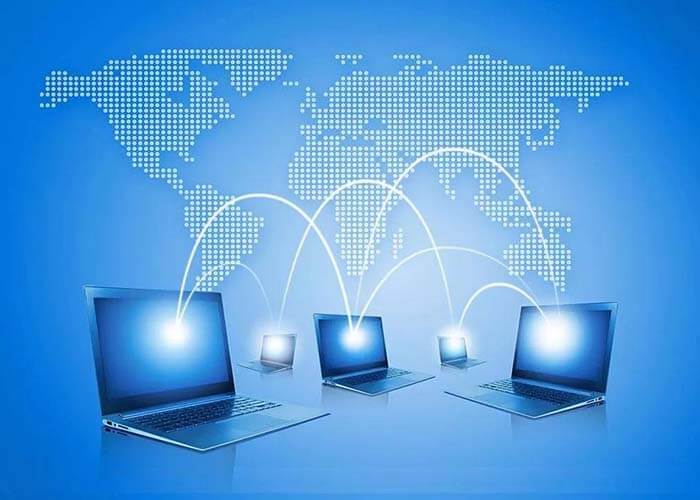
Today, we talk about the 3 IoT connection challenges, power consumption, bandwidth, and security.
Connectivity is the key to IoT devices. After all, connectivity makes simple things part of the Internet of Things.
Connectivity enables data collected by IoT devices to be analyzed, organized, and actually used.
When developing new IoT devices in the laboratory, it is very easy to achieve seamless, low-latency connections, but these are laboratory conditions.
In the real world, connectivity is critical to the performance of new devices, so you need to handle it properly.
So, what are the main challenges of providing reliable IoT connections? There are three main aspects to consider.
IoT connection challenges 1, Power consumption
Most IoT devices are relatively small and simple, relying on battery power. In addition, they may be deployed in places that cannot be regularly maintained or upgraded. Therefore, energy efficiency is of paramount importance.
The energy efficiency of the largest IoT devices and ecosystems depends on choosing the right wireless access technology and radio frequency (RF) design.
This not only ensures that power consumption is minimized first, but also that there is no unnecessary RF power output.
IoT connection challenges 2, Bandwidth
As we all know, the Internet of Things is based on data.
Any IoT device needs to be able to collect and transmit data, and it is possible to collect data from other devices or a central control unit.
The bandwidth will vary depending on the type of connection protocol you use and the scale of the final IoT deployment.
Will your device be one of the thousands of devices that send request and response signals to your server? Will your equipment be spread over a wide geographic area, or is it limited to one building?
Then there are the types of data that your IoT device will transmit. Simple data, such as measuring temperature or weight at a fixed time, means that the data to be transmitted is small and simple.
Continuous tracking of specific parameters (such as location) requires more bandwidth. And rich data, such as audio and video streams, require a lot of bandwidth.
IoT connection challenges 3, Security
As we all know, the Internet of Things is based on data.
Any IoT device needs to be able to collect and transmit data, and it is possible to collect data from other devices or a central control unit.
The bandwidth will vary depending on the type of connection protocol you use and the scale of the final IoT deployment.
Will your device be one of the thousands of devices that send request and response signals to your server? Will your equipment be spread over a wide geographic area, or is it limited to one building?
Then there are the types of data that your IoT device will transmit. Simple data, such as measuring temperature or weight at a fixed time, means that the data to be transmitted is small and simple.
Continuous tracking of specific parameters (such as location) requires more bandwidth. And rich data, such as audio and video streams, require a lot of bandwidth.
IoT connection challenges 3, Security
In any environment where data is collected, stored, analyzed, or transmitted, security is a key consideration. However, it has some special nuances in terms of the Internet of Things.
First, IoT devices are essentially endpoints that provide access to the network, so they may become targets for malicious attackers.
In addition, many IoT devices are too small and simple to integrate complex security protection mechanisms.
These devices need to be properly authenticated and authorized to connect to the relevant network, and the data they send and receive must always be encrypted.
The connectivity of the IoT ecosystem is flexible and in various forms. When developing and deploying IoT networks, organizations can choose to use appropriate protocols and technologies.
However, when making these decisions, it is important to consider how to ensure efficient power consumption, sufficient bandwidth, and strong security.
These are the 3 IoT Connection Challenges, have you got them?
If you have any antenna questions, please read our ANTENNA FAQ section, if you still cannot get the answer you need, please contact us.
You may also be interested in the below articles.
What is the difference between WIFI and WLAN?
Summary of 41 Basic Knowledge of LTE
What Are The Advantages And Characteristics Of NB-IoT And LoRa?
